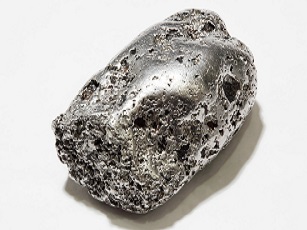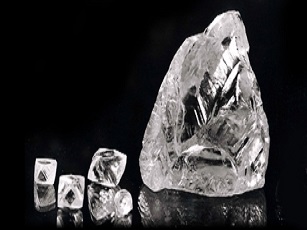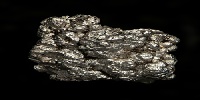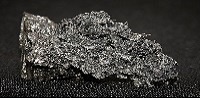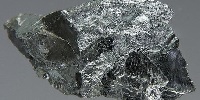Osmium Mining
OSMIUM:
Osmium is one of the rare earth metals found in the Earth's crust. It is mostly obtained as a byproduct during the mining of copper and nickel minerals. Osmium is typically found as an uncombined element or as a natural alloy with iridium. Mining and extracting osmium are carried out in nickel and copper deposits in countries such as Russia, Canada, China, South Africa, Japan, Oman, the United States, Brazil, Australia, India, etc.
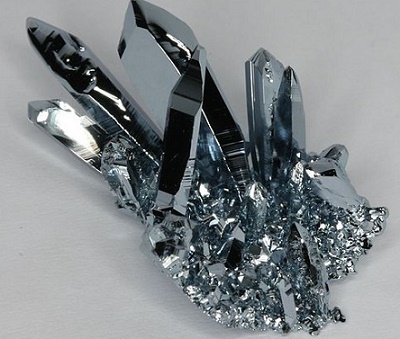
MINING AND PROCESSING :
The mining of osmium-containing ore is conducted using open pit mining. During the mining process of nickel and copper minerals, osmium occurs as a minor product alongside other platinum group minerals such as ruthenium, iridium, and palladium, in the form of sulfides (XS), telluride (XBiTe), antimonides (XSb), and arsenide (XAs2). (Here 'X' denotes the elements from the platinum group)
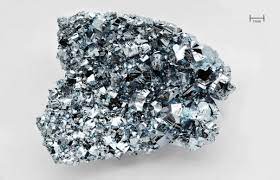
EXTRACTION OF OSMIUM
The separation and extraction of osmium from copper and nickel ores is a tedious process. Initially, the ores undergo electro-refining, during which noble metals such as gold, silver, platinum, osmium, iridium, and ruthenium, as well as non-metals such as selenium and tellurium, settle down as anode mud in the cell. This anode mud constitutes the primary material for extraction.
In the subsequent separation process, the mud is dissolved in a solution by mixing it with sodium peroxide. The resulting fused mixture is then dissolved in aqua regia or chlorine with hydrochloric acid, depending on the composition of the mixture. Osmium, ruthenium, iridium, and rhodium, which are unable to dissolve in aqua regia, are separated from gold, platinum, and other non-metals as a solid residue mixture. This mixture is treated with sodium bisulfate to separate rhodium from the rest of the mixture.
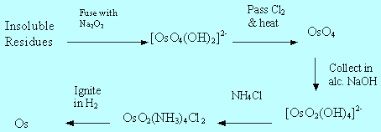
Now the mixture consists of insoluble osmium-ruthenium-iridium composite. To separate iridium, it is treated with sodium oxide, where iridium remains insoluble, producing water-soluble osmium-ruthenium salts. These salts undergo oxidation with volatile oxides, resulting in the separation of RuO4 from OsO4 through precipitation with (NH4)3RuCl6 using NH4Cl.
SEPARATION OF OSMIUM
Finally, osmium is separated from other platinum group metals by distillation or dissolution in the volatile organic solvent of osmium tetroxide. The final product is then reduced by hydrogen to form metal powder or sponges, which are later treated with powder metallurgical techniques for quality output. This is the industrial method for extraction and production of osmium.
The largest known reserves for extracting osmium are the Bushveld Igneous Complex in South Africa, the Norsik reserve in Russia, the Sudbury Basin in Canada, and some alluvial deposits such as the Chocó Department in Colombia and the Ural mountain deposits in Russia. Apart from these, it is mined in over 20 countries around the world, with global production totaling 1000 kg per year.
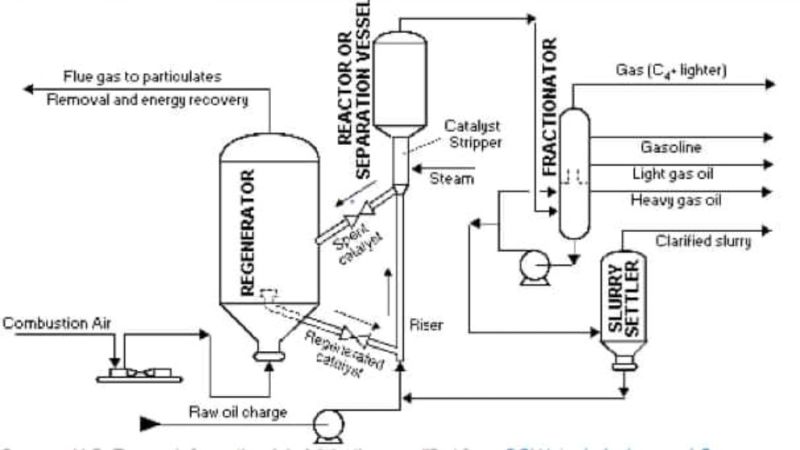
APPLICATION:
Due to the instability and extreme toxicity of its oxide, osmium is not often used in its pure state; instead, it is often alloyed with other metals. These alloys are utilized in high-wear applications. Osmium alloys, such as osmiridium, are very hard and, along with other platinum group metals, are used in the tips of fountain pens, instrument pivots, and electrical contacts, as they can resist wear from frequent operation.
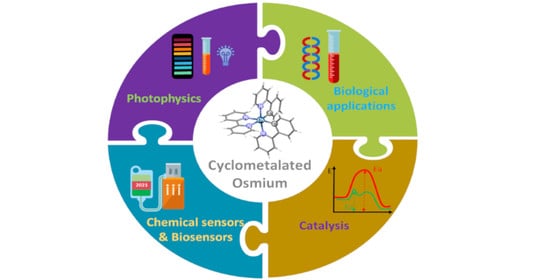
Related Mining

